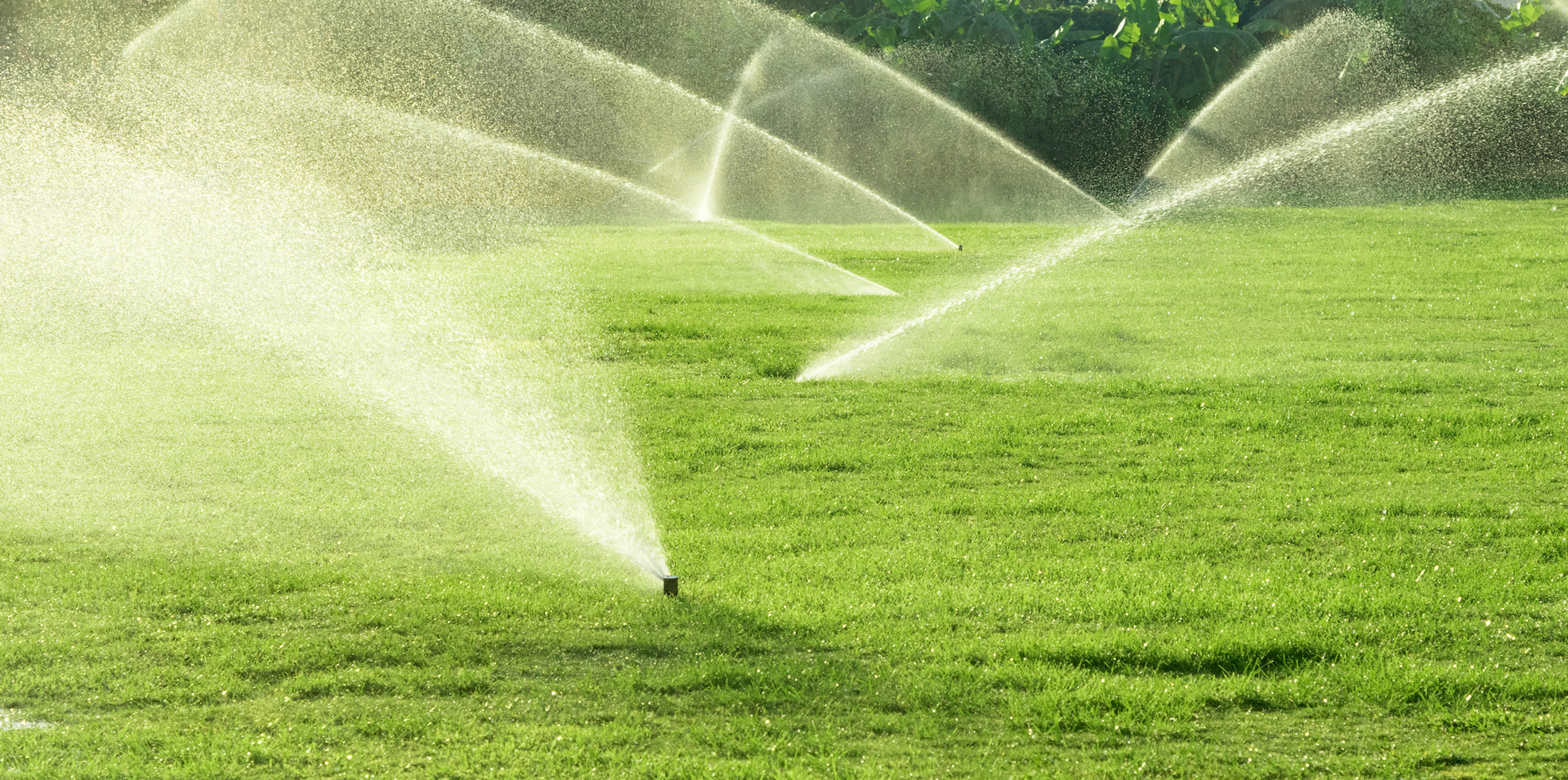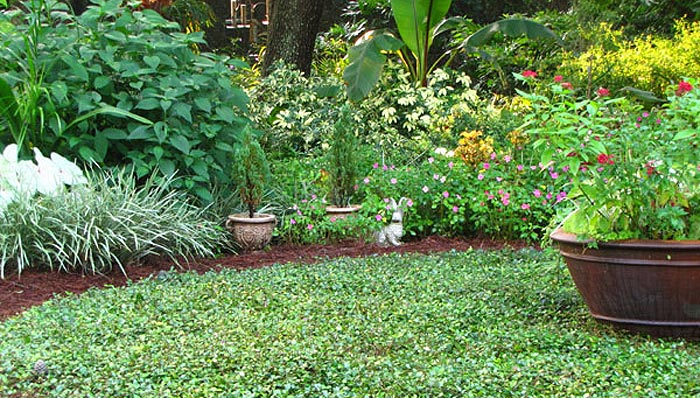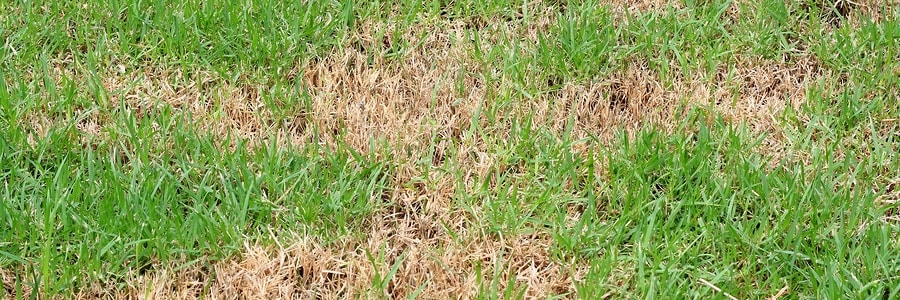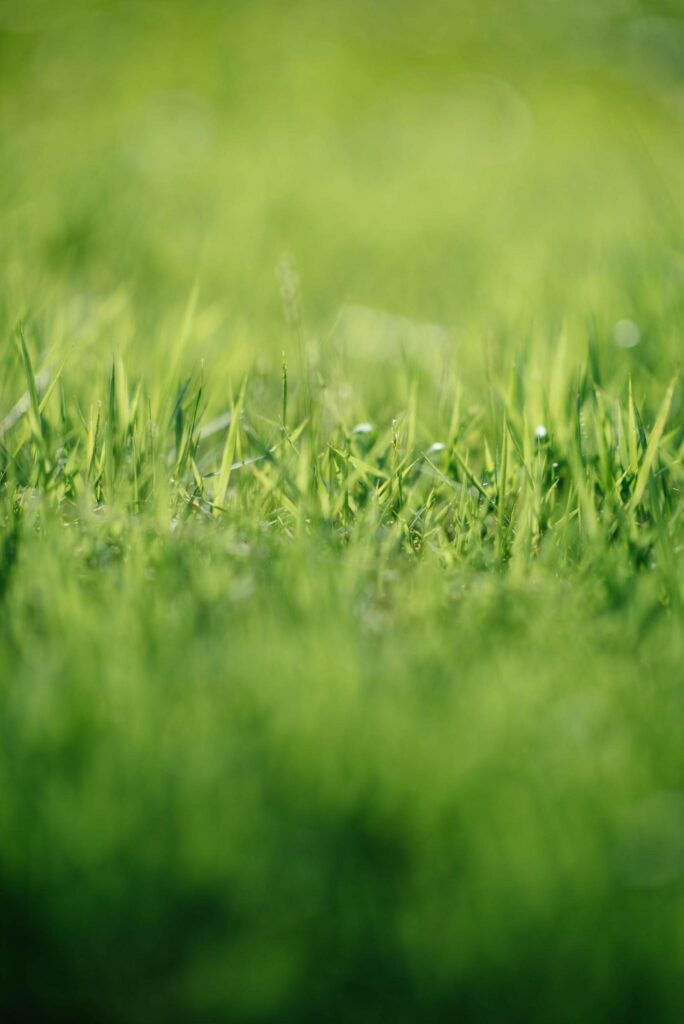Water enables humans, plants, and animals to live and grow. This nourishing property is essential in the care and upkeep of your lawn. After all, this patch of land plays a crucial role in your home’s curb appeal.
If you want your grassy yard to be healthy and green, stay out of these common mistakes that can ruin your sprinkle-watered turf and cost you unnecessary expenses. Of course, we will tell you how to correct these practices for a better garden and home.
Righting the Wrongs About Watering Your Lawn
Mistakes about watering your lawn can happen, but before they negatively affect its beauty and viability, read these.
1. Overwatering
Excessive water is harmful. For starters, a waterlogged lawn is a hotbed for fungi that can unleash harmful diseases to your grass. You can tell if fungal diseases have invaded your turf when you see thin, greasy, frayed, or discolored patches.

Watering too much spurs growth of the grass and erodes your fertilizer, which averages tens to hundreds of dollars.
It’s also for practicality’s sake that you temper your water consumption to save on your next bill. You will have to look into the species of the grass and its adaptability to the weather to determine the right amount of watering involved.
2. Underwatering
As drowning your lawn is wrong, underwatering is harmful too. With little to no hydration, your grass will starve and weaken its resistance to heat and drought. This situation, coupled with other conditions, is rife for fungal takeover.
It’s important that you water efficiently and deeply for the grass especially if it’s newly added to develop its root systems and strengthen its defense against weeds and lawn diseases.
3. Watering at the Wrong Time
Yes, water and its right amount are crucial for a thriving lawn. However, it’s wrong to assume that you can do the task, even when you have programmed the sprinkler, any time of the day.
The best time to hydrate the lawn is early mornings when the heat, sunlight, and wind are minimal. The time can be from 4 AM to on or before 9 AM. This timeframe will give your grass enough moisture to survive the afternoon heat.
Watering in the afternoon is not ideal because the heat speeds up the evaporation of the water molecules. The grass is slow to absorb water at night and thus prone to fungal growth.
4. Mismanaging Your Sprinkler System
A sprinkler is designed to help you properly care for your lawn at your convenience. For instance, the commonly-used Hunter sprinkler for residential use comes in three types or heads:
Large area rotor-type sprinklers dispel multiple streams of water ideal for lawns measuring 25 ft. by 25 ft. and up.
Rotating stream spray sprinklers cover areas that are lower than 25 ft. by 25 ft.
Small area fixed spray sprinklers provide micro irrigation via drip emitters, etc.
Some homeowners don’t know how to manage their sprinklers that water sprays into the street, or other sections of the lawn have no coverage. To resolve these issues, adjust the spray head to change (i) its direction or (ii) the arc or radius for better coverage, or regulate the flow of water to avoid overspraying.
Indeed, be mindful of your irrigation system during rainy days or high precipitation. You can turn off the valve or adjust the head’s water output to save water costs and keep off a soggy lawn.
5. Treating Grass and Garden Plants Equally
As far as their root systems are concerned, the grass and the plants in the garden require varying levels of water or moisture to thrive. You might have to consult turfgrass science to determine the proper maintenance.

As it is, your lawn needs more hydration than shrubs, trees, and other garden plants. Your best course of action is to water each type of plants accordingly.
6. Mistaking Dormancy as Dying Grass
Certain grass species go through dormancy. They sleep in winter or summer and consequently turn brown or parched. Your grass can lay dormant and hold out for several weeks without dying. It’s because it has water stored to survive the heat or any change to the temperature.

Before doing something about those unsightly patches, get to the root of the cause. The grass is likely dormant if it reverts to green after watering while a dead one is perpetually brown.
You might have to modify your watering schedule to take into account the dormancy and the fact that other zones of the lawn still need irrigation.
Take care when watering your lawn and maintaining it in general, especially if it’s new.






